What on Earth is Ras el Hanout? A Flavorful Deep Dive
You've probably seen the phrase "ras el hanout" on spice jars, restaurant menus, or perhaps in a cooking show where some chef sprinkles it on lamb and makes everything smell like North African magic. But what exactly is this mysterious blend of spices that's been turning heads (and stomachs) for centuries?
In this article, we’ll explore the origin, composition, and usage of ras el hanout, while also offering you practical kitchen tips to master this exotic blend like a pro.
Table of Contents
- The Origin Story: Where Did Ras el Hanout Come From?
- Inside the Blend: What’s Actually in Ras el Hanout?
- How to Use Ras el Hanout Like a Seasoned Pro
- 5 Game-Changing Tips for Cooking with Ras el Hanout
- Pairing Perfection: What Foods Work Best with This Spice?
- DIY Alert: Can You Make Your Own Ras el Hanout at Home?
- Spice Comparison Table: Ras el Hanout vs Other Popular Blends
- Conclusion: Why Every Serious Cook Should Know This Spice
The Origin Story: Where Did Ras el Hanout Come From?
Ras el hanout means "top of the shop" in Arabic, and it’s no exaggeration. This spice mix originated from Morocco and other parts of North Africa, where spice merchants would proudly display their finest and freshest ingredients in a special section called the "top shelf." Only the best of the best made it into this luxurious blend.
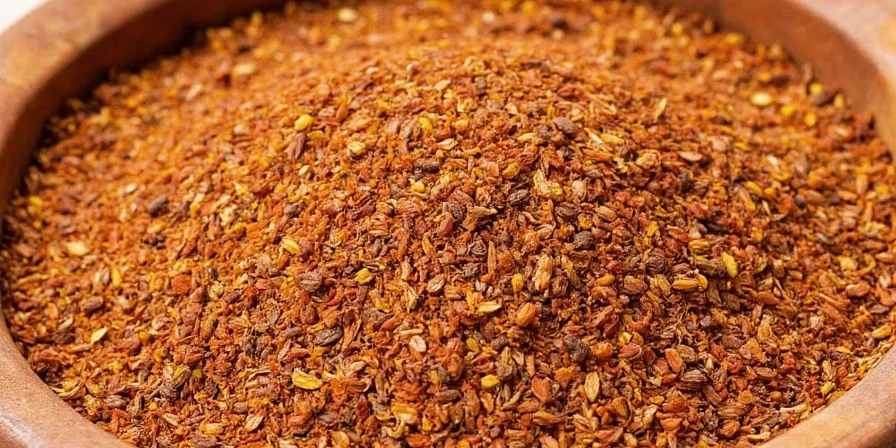
Historically, it was used in royal kitchens and during major celebrations. Today, it’s a beloved staple across the globe — especially among those who crave bold flavor without burning off their taste buds.
Inside the Blend: What’s Actually in Ras el Hanout?
This is where things get fun — and a little confusing. Unlike commercial blends such as curry powder or garam masala, ras el hanout has no single official recipe. Depending on the region, the season, and even the mood of the spice vendor, it can contain anywhere between 10 to 30+ different spices!
Common Ingredients Found in Ras el Hanout
- Cumin
- Coriander
- Paprika
- Nutmeg
- Cinnamon
- Cardamom
- Allspice
- Fennel
- Dried ginger
- Pepper (black, white, or pink)
- Anise
- Star anise
- Bay leaves (sometimes ground)
- Grains of paradise (in premium blends)
How to Use Ras el Hanout Like a Seasoned Pro
Ras el hanout isn’t just for stews and tagines — though those are excellent uses. Here are a few ways to incorporate it into your meals:
- Meat rub: Sprinkle on chicken, lamb, beef, or even pork before roasting or grilling.
- Soup enhancer: Stir a pinch into lentil soup or vegetable broth for a flavor boost.
- Vegetable seasoning: Toss roasted carrots, sweet potatoes, or cauliflower in a ras el hanout oil mixture.
- Marinades: Mix with olive oil, garlic, lemon juice, and yogurt for a magical marinade.
- Rice dishes: Add a teaspoon to basmati rice or couscous when steaming.
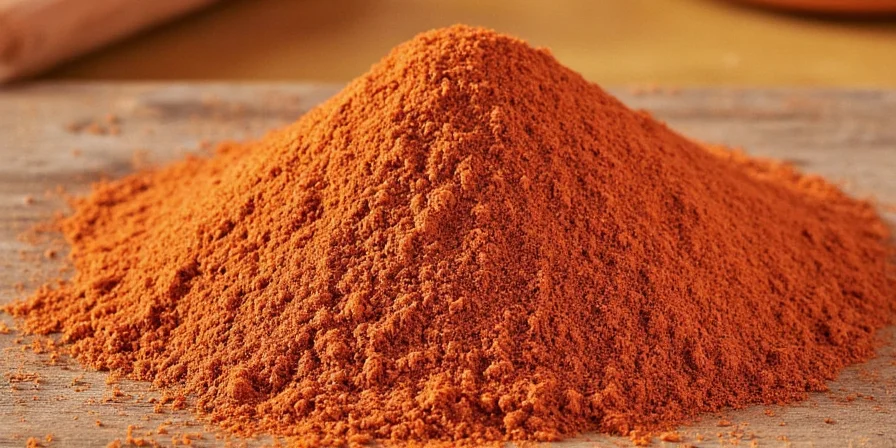
5 Game-Changing Tips for Cooking with Ras el Hanout
- Start small: This blend is potent! Begin with half a teaspoon and adjust to taste.
- Toasting boosts flavor: Lightly toast the spice in a dry pan for 1–2 minutes to unlock its aroma.
- Use with fat: Ras el hanout loves oils and fats — pair with olive oil, butter, or coconut milk for maximum impact.
- Don’t skip the acid: Balance the richness with lemon, vinegar, or yogurt-based sauces.
- Store it right: Keep in an airtight container away from heat and light to preserve freshness.
Pairing Perfection: What Foods Work Best with This Spice?
Here’s a handy guide to what foods go best with ras el hanout:
| Food Category | Best Pairings |
|---|---|
| Proteins | Lamb, chicken thighs, goat meat, chickpeas |
| Vegetables | Sweet potatoes, eggplant, zucchini, carrots |
| Grains | Brown rice, quinoa, bulgur, couscous |
| Dairy | Greek yogurt, labneh, feta cheese, ricotta |
| Liquids | Tomato sauce, coconut milk, bone broth, citrus juice |
Spice Comparison Table: Ras el Hanout vs Other Popular Blends
| Spice Blend | Origin | Heat Level | Flavor Profile | Best For |
|---|---|---|---|---|
| Ras el Hanout | Morocco/North Africa | Low-Moderate | Earthy, floral, slightly sweet | Tagines, meats, stews |
| Garam Masala | India | Low | Warming, aromatic, peppery | Curries, soups, breads |
| Curry Powder | Anglo-Indian fusion | Varies | Spicy, earthy, turmeric-forward | Western-style curries, stir-fries |
| Five-Spice Powder | China | Low | Savory-sweet, complex, licorice notes | Roasted duck, dumplings |
| Adobo Seasoning | Caribbean/Latin America | Low | Garlicky, herby, umami-rich | Marinated meats, rice dishes |
DIY Alert: Can You Make Your Own Ras el Hanout at Home?
Absolutely! Making your own ras el hanout allows you to customize the flavors to your liking and avoid preservatives. Here’s a simple version to try:
Homemade Ras el Hanout Recipe (Makes ~4 tbsp)
- 1 tsp ground cumin
- 1 tsp ground coriander
- ½ tsp paprika
- ½ tsp cinnamon
- ¼ tsp nutmeg
- ¼ tsp cardamom
- ¼ tsp allspice
- ¼ tsp fennel seed (ground)
- ¼ tsp black pepper
- Pinch of ground ginger
- Optional: Dried rose petals or star anise
Mix all ingredients thoroughly and store in an airtight jar. Shake well before use.
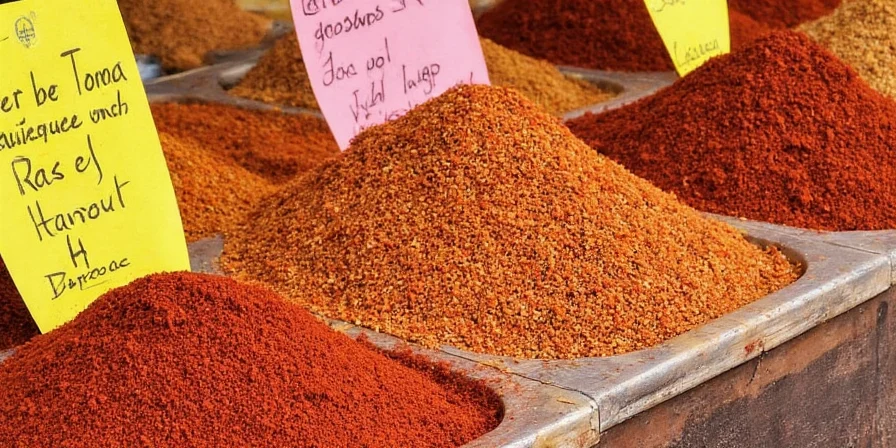
Conclusion: Why Every Serious Cook Should Know This Spice
Ras el hanout isn't just another spice blend — it’s a passport to flavor town. Whether you're roasting a leg of lamb or jazzing up a humble bowl of lentils, this North African marvel adds complexity, warmth, and a touch of royalty to any dish.
So next time you're wandering through the spice aisle, don’t pass by that mysterious jar labeled "ras el hanout." Give it a whirl. Who knows — it might become your new secret weapon in the kitchen.
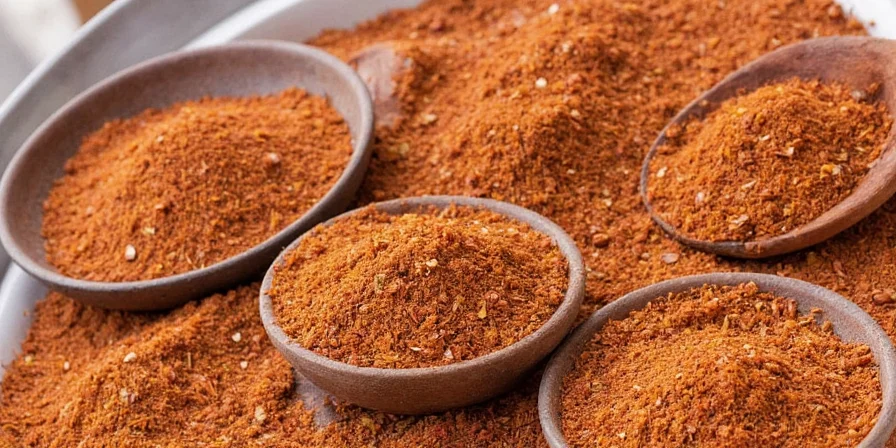

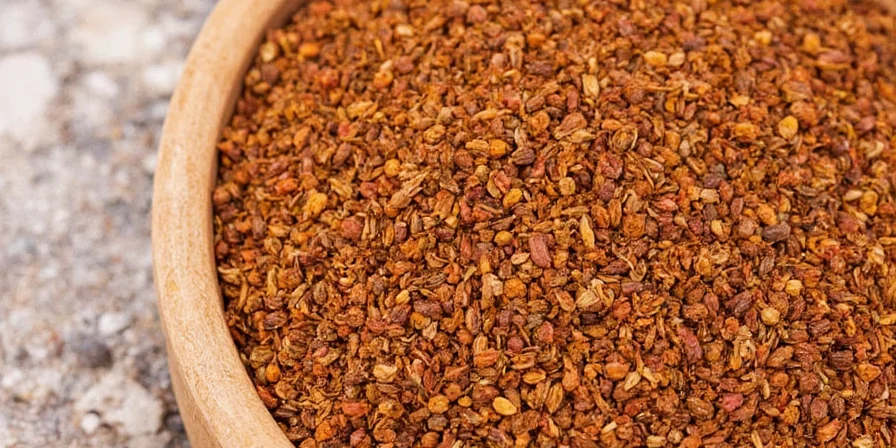









 浙公网安备
33010002000092号
浙公网安备
33010002000092号 浙B2-20120091-4
浙B2-20120091-4